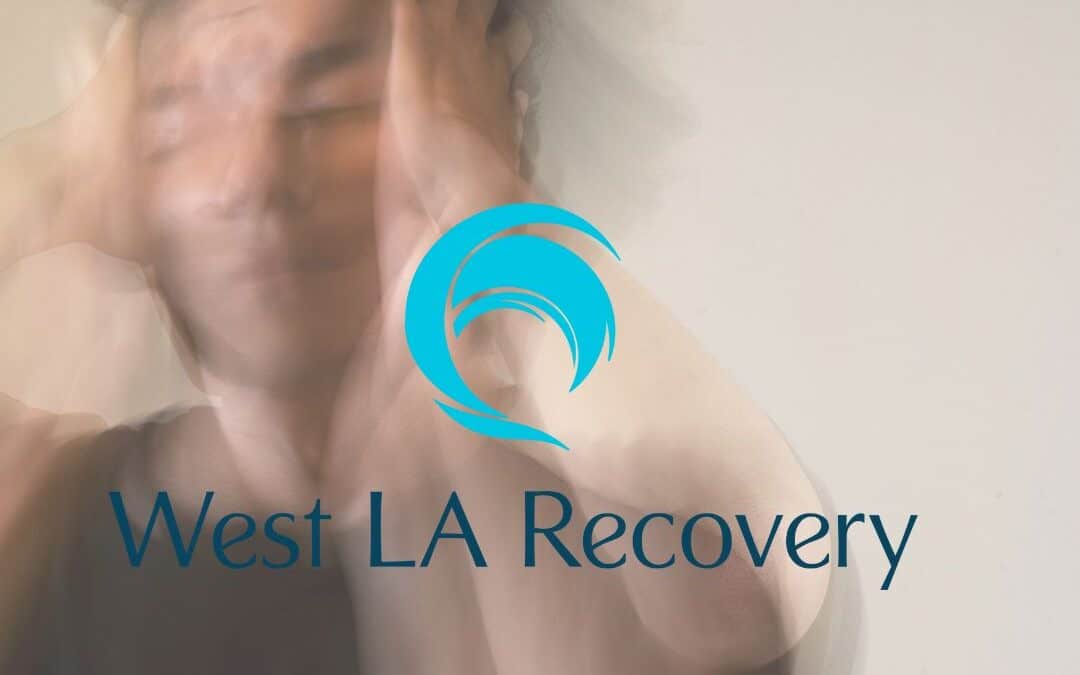Understanding Addiction: A Complex Condition
Addiction is not just about lacking willpower or being morally weak. It’s a complicated condition that changes how your brain works, creating strong physical and psychological dependencies that can seem impossible to overcome.
The Role of the Brain’s Reward System in Addiction
The development of addiction heavily relies on the reward system in your brain. When you do things that bring you pleasure, your brain releases a chemical called dopamine. This neurotransmitter makes you feel satisfied and encourages you to repeat those behaviors. However, addictive substances and activities manipulate this natural reward system by overwhelming your brain with dopamine levels that are much higher than usual.
How Excessive Dopamine Release Affects Your Brain
The surge of dopamine caused by addiction leads to long-lasting alterations in your brain structure:
- Changes in the Reward Circuit: Your brain becomes less responsive to natural rewards, making everyday pleasures less enjoyable.
- Impact on Executive Function: Your ability to make decisions and control impulses diminishes, making it harder to resist cravings.
- Modifications in the Memory System: Strong connections are formed between specific triggers and cravings, reinforcing addictive behaviors.
These changes in your brain explain why you might continue using substances or engaging in addictive activities even when you know they’re harming your health, relationships, and life aspirations. You may be aware of the damage being done but feel powerless to stop – this isn’t a flaw in your character but rather a result of genuine physiological changes in your brain.
Why Viewing Addiction as a Medical Condition Matters
It’s essential to understand addiction as a medical issue rather than a personal failure for effective treatment and recovery. With appropriate support and intervention, these brain changes can be reversed.
How Addiction Alters Brain Function and Behavior

Addiction creates profound changes in your brain’s structure and function. These alterations affect four key neural circuits:
- Reward Circuit: Drugs hijack this system, creating intense pleasure signals that overshadow natural rewards
- Motivation Circuit: Your brain becomes wired to prioritize substance use over essential activities
- Memory Circuit: Strong associations form between substances and environmental cues
- Control Circuit: The ability to resist impulses becomes severely compromised
The brain’s dopamine system plays a central role in these changes. Each time you use substances, dopamine floods your brain at levels 2-10 times higher than natural rewards provide. Your brain adapts by:
- Reducing dopamine receptor sensitivity
- Decreasing natural dopamine production
- Creating stronger cravings for substances
Additionally, the prefrontal cortex – your brain’s decision-making center – undergoes significant impairment. This damage affects your ability to:
- Evaluate consequences
- Control impulses
- Recognize problematic behaviors
- Make sound judgments
Brain imaging studies show reduced activity in the prefrontal cortex of individuals struggling with addiction. This decreased function explains why logical reasoning often fails to prevent substance use, even when you’re aware of negative consequences.
These neural adaptations create a self-reinforcing cycle where substance use becomes increasingly automatic and difficult to control. Your brain essentially rewires itself to maintain the addiction, regardless of harmful outcomes. This phenomenon is further explained through various studies, such as one published in Nature, which delves into the intricate relationship between addiction and brain function.
The Role of Genetics and Environment in Addiction Development
Your genetic makeup can significantly influence your susceptibility to addiction. Research shows that 40-60% of addiction vulnerability stems from inherited genetic factors, making some individuals naturally more prone to developing substance dependencies. Additionally, the field of epigenetics suggests that environmental factors can even alter the way genes express themselves, further complicating the landscape of addiction vulnerability.
How Environmental Factors Influence Addiction Risk
Environmental factors interact with these genetic predispositions in complex ways:
- Childhood Trauma: Early-life adverse experiences reshape brain development and stress responses, increasing addiction risk
- Domestic Violence: Exposure to violence creates lasting psychological impacts that can drive substance use as a coping mechanism
- Physical or Emotional Abuse: Survivors often struggle with emotional regulation, leading to higher rates of substance dependency
The Impact of Social Environment on Addiction Development
The social environment plays an equally crucial role in addiction development:
- Family history of substance use normalizes addictive behaviors
- Peer groups that engage in substance use increase exposure and accessibility
- Cultural attitudes toward certain substances can influence usage patterns
These factors create a complex interplay between nature and nurture. A person with genetic risk factors might never develop addiction in a protective environment, while someone without genetic predisposition might still develop addiction when exposed to significant environmental stressors.
Research indicates that children of parents with substance use disorders face both genetic and environmental risks, highlighting the importance of early intervention and support for at-risk populations.
Understanding Why We Crave What Hurts Us

The human brain’s reward system creates a fascinating paradox in addiction: we intensely desire substances or behaviors that cause harm. This phenomenon stems from the brain’s inability to distinguish between beneficial and harmful rewards when processing pleasure signals.
Your brain releases dopamine during pleasurable experiences, creating a powerful memory association:
- The initial high feels intensely rewarding
- Your brain records this as a survival-critical experience
- Future stress triggers memories of relief through substance use
- The promise of immediate pleasure outweighs long-term consequences
The craving mechanism operates independently from rational thought. Even when you consciously understand the harmful effects of addiction, the subconscious brain continues to signal for the substance or behavior that previously provided relief.
This disconnect creates a psychological tug-of-war:
- Rational mind recognizes the harm
- Emotional brain demands the reward
- Physical discomfort amplifies the craving
- Past relief memories intensify the urge
The brain’s reward pathways don’t naturally account for delayed consequences. When stress, anxiety, or emotional pain strike, these pathways activate intense cravings for immediate relief – regardless of future harm. This biological drive explains why logical understanding of addiction’s dangers often fails to prevent relapse.
Research shows that cravings activate the same brain regions as basic survival needs like hunger and thirst. Your brain processes the addictive substance or behavior as essential for survival, creating powerful urges that override self-preservation instincts.
The Cycle of Addiction: From Craving to Compulsion
The cycle of addiction follows a predictable pattern that traps individuals in a continuous loop of substance use. Your brain adapts to the presence of drugs or alcohol through a process called tolerance, requiring larger amounts to achieve the same effects you once experienced with smaller doses.
When you stop using the substance, withdrawal symptoms emerge:
- Physical discomfort
- Intense anxiety
- Sleep disturbances
- Severe cravings
These symptoms create a powerful drive to resume substance use, not for pleasure, but to escape the distress of withdrawal. This marks a critical shift from wanting to needing the substance.
The compulsive cycle intensifies through repeated use:
- Initial craving triggers substance use
- Brief relief or pleasure
- Tolerance builds, requiring increased amounts
- Withdrawal symptoms appear
- Stronger cravings develop
- Cycle repeats with greater intensity
Your brain’s reward system becomes hijacked, creating automatic behavioral responses to triggers. Simple cues like seeing a favorite bar, experiencing stress, or encountering certain people can activate intense cravings. This automaticity makes breaking free from addiction particularly challenging without professional support and proper understanding of these underlying mechanisms.
Intersection of Mental Health and Addiction
Mental health conditions and addiction share a complex, intertwined relationship. Research shows that about 50% of individuals with mental health disorders also experience substance use disorders – a phenomenon known as co-occurring disorders.
Common mental health conditions linked to addiction include:
- Depression
- Anxiety disorders
- Post-traumatic stress disorder (PTSD)
- Bipolar disorder
- Attention deficit hyperactivity disorder (ADHD)
Many individuals turn to substances as a form of self-medication, attempting to manage symptoms of their underlying mental health conditions. A person with social anxiety might use alcohol to feel more comfortable in social situations, while someone with PTSD might use opioids to numb traumatic memories.
This self-medication creates a dangerous cycle: The substance use temporarily masks mental health symptoms but ultimately worsens them. A person with depression might drink to lift their mood, but alcohol’s depressant effects intensify their depression, leading to increased drinking.
Successful addiction treatment requires addressing both the substance use disorder and any co-occurring mental health conditions. This integrated approach, known as dual diagnosis treatment, combines:
- Mental health therapy
- Addiction counseling
- Medication management when appropriate
- Coping skills development
- Trauma-informed care
The brain’s chemistry affects both mental health and addiction, making it crucial to treat these conditions simultaneously rather than in isolation.
Seeking Help for Addiction Recovery
Breaking free from addiction requires professional guidance and support. Our specialized treatment programs at West LA Recovery address both the physical and psychological aspects of addiction, creating personalized recovery paths that work for you.
Key elements of effective recovery support include:
- Individual therapy sessions tailored to your unique needs
- Group support fostering connection and shared healing
- Evidence-based treatments targeting addiction’s root causes
- Comprehensive mental health care integration
Your journey to recovery starts with a single step. We understand the complexities of addiction and provide the tools you need to reclaim your life. Ready to start your healing journey? Our compassionate team is here to help – reach out today for a confidential consultation about our recovery programs.
Breaking free from addiction also involves finding motivation which is crucial for long-term success in recovery. Additionally, understanding what to expect during detox can significantly ease the process for both patients and their families.
Your path to recovery begins now. Contact us today to begin this transformative journey.







